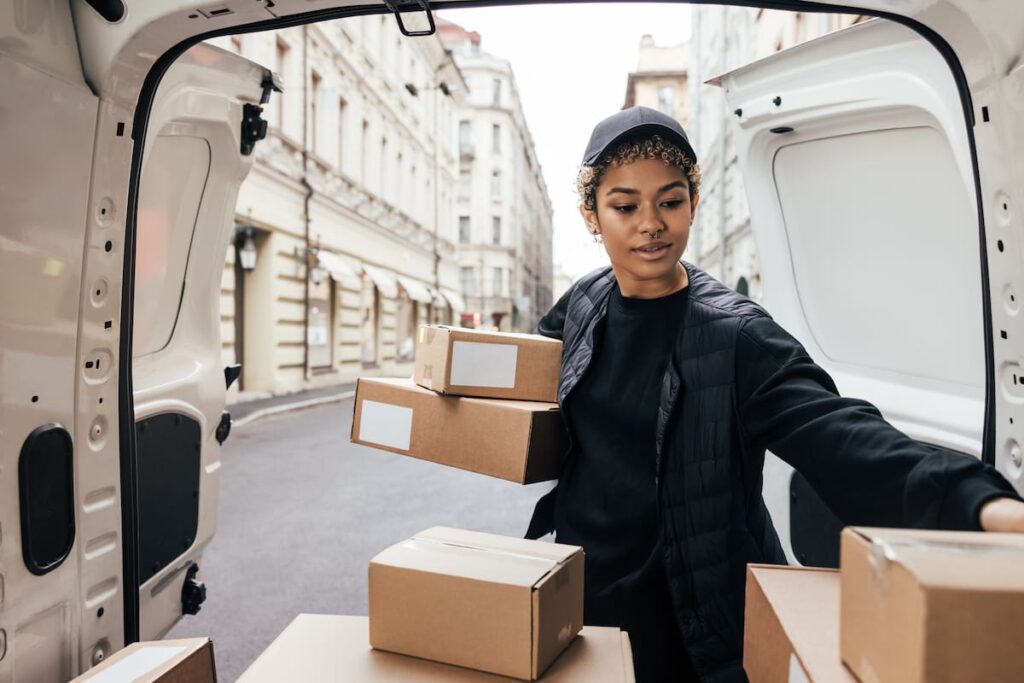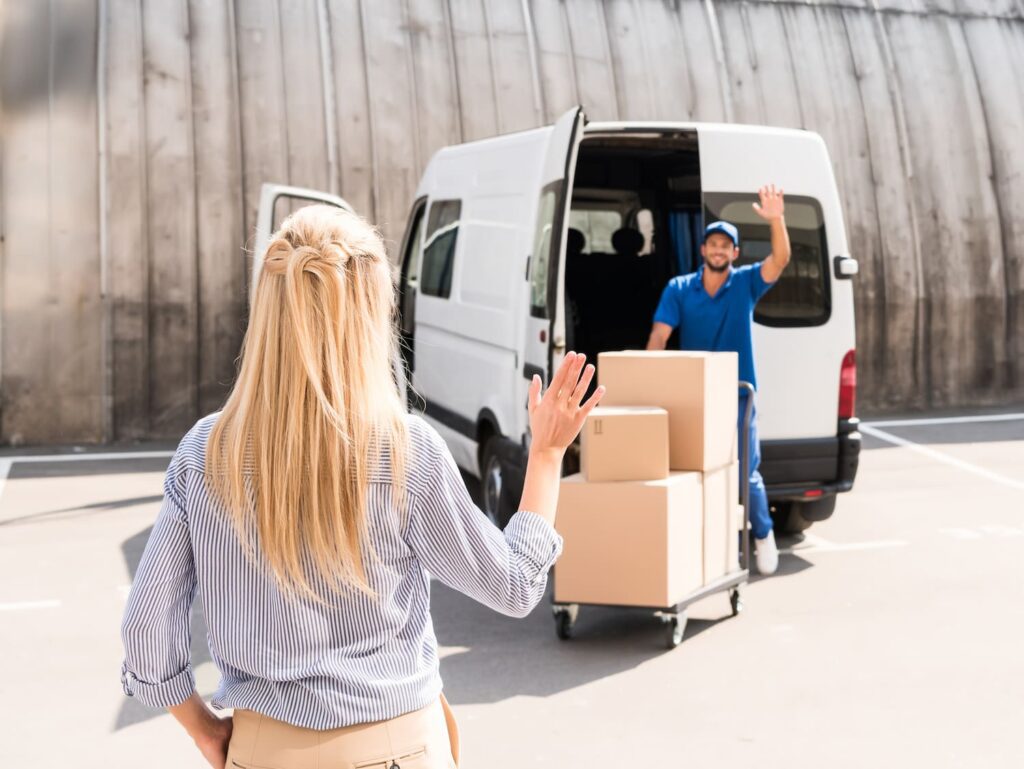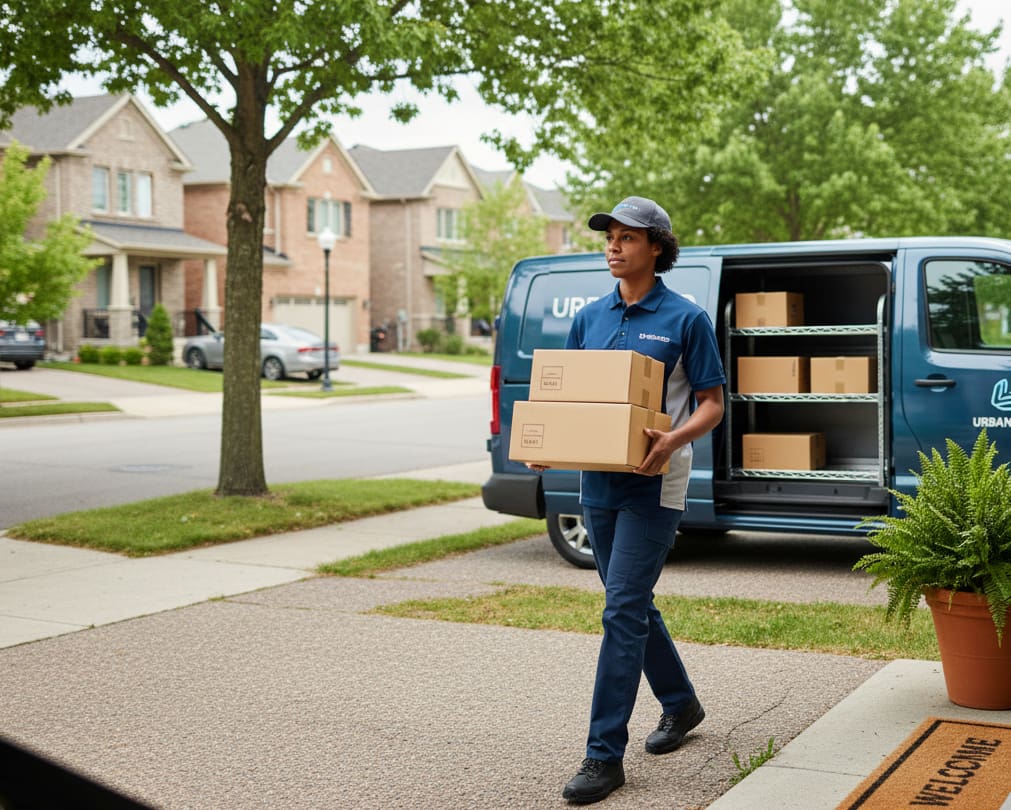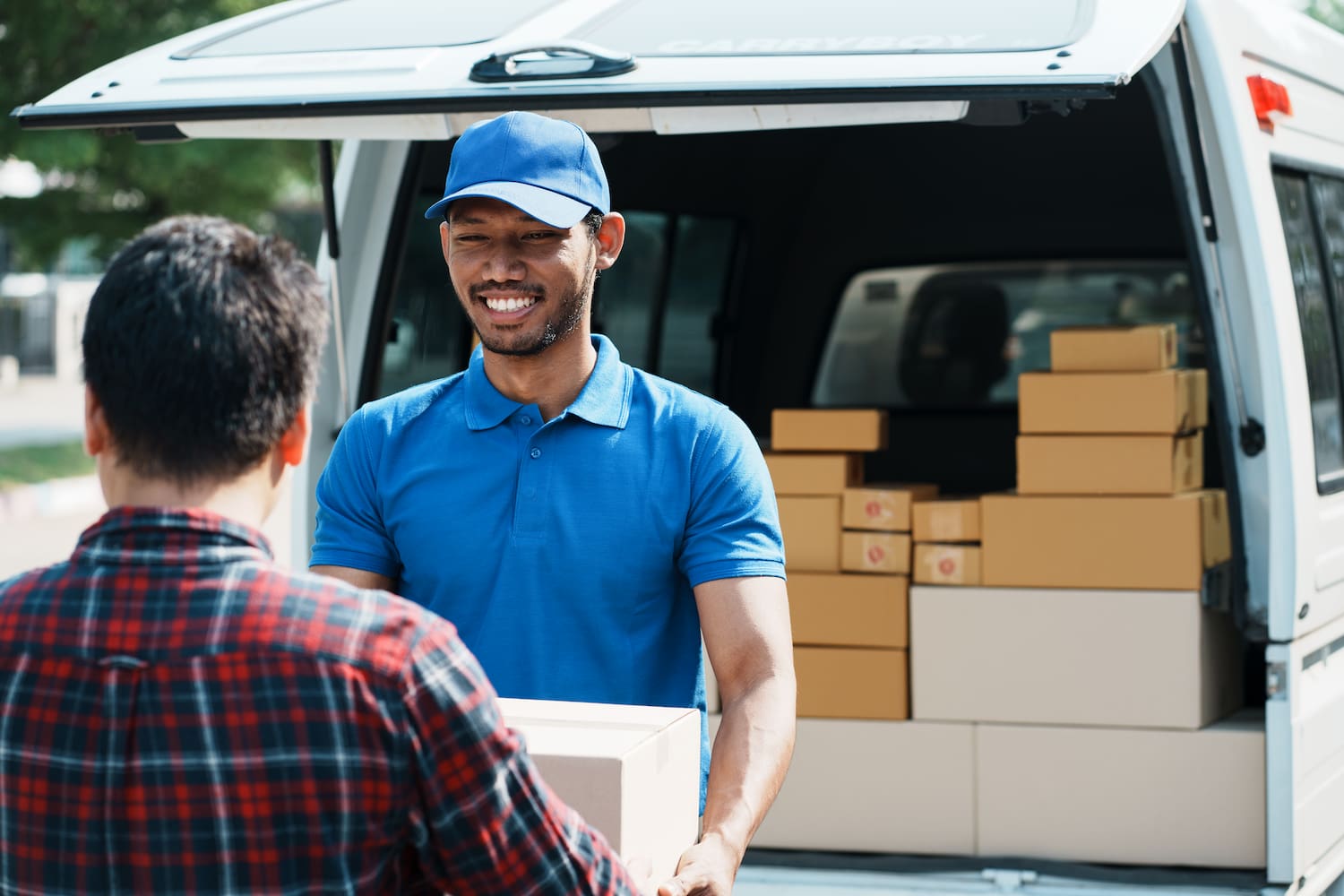The last mile, that final leg of the delivery journey, is where customer experiences are truly made. With the rise of eCommerce and increasingly demanding shoppers, businesses are rethinking traditional delivery methods.
It’s not just about moving a package from point A to point B anymore, it’s about doing it quickly, intelligently, and with a focus on a positive customer experience.
Faster delivery leads to happier customers, and in the competitive eCommerce market, delays can result in lost sales and damaged reputations. That’s why companies are now leaning on technology and strategic partnerships to meet high expectations and create a smooth, seamless delivery process.
The Challenges of Traditional Last-Mile Delivery

Traditional last-mile delivery is riddled with obstacles that can slow things down and frustrate everyone involved. From outdated systems to rising customer demands, the pressure is on to find better solutions.
Common Bottlenecks and Pain Points
Many companies still rely on systems and processes that hinder efficiency and drive up costs. Let’s take a closer look at some of the most common challenges:
Inefficient Routing: Manual route planning and outdated software often lead to longer delivery times and higher fuel costs. Drivers might take less-than-optimal routes, increasing mileage and delays.
Lack of Real-Time Visibility: Without real-time tracking, businesses and customers are left in the dark. This lack of transparency can lead to missed deliveries, frustrated customers, and increased support calls.
Rising Customer Expectations: Customers now expect fast, flexible, and transparent delivery options. Same-day, next-day, and precise delivery windows are becoming the norm. Meeting these demands with traditional methods is a struggle.
Cost Pressures: Fuel costs, labor, and the need for faster delivery all contribute to rising operational expenses. Traditional models often struggle to balance cost-effectiveness with customer satisfaction.
The Impact of These Challenges on Businesses
These bottlenecks don’t just slow down deliveries; they impact the bottom line. Delays and poor delivery experiences can lead to:
- Lost customers: In a competitive market, customers will switch to companies that offer better delivery.
- Increased costs: Inefficient routes and missed deliveries drive up fuel and labor expenses.
- Damaged reputation: Negative delivery experiences can lead to bad reviews and a tarnished brand image.
- Operational inefficiencies: Lack of visibility and manual processes can create a chaotic and unsustainable delivery system.
Navigating these challenges requires a shift from traditional practices to more innovative and tech-driven solutions.
Innovative Strategies Redefining Last-Mile Delivery

Companies are finding new ways to overcome these last-mile hurdles. Innovation is the name of the game, and businesses are using a mix of technology, customer-focused strategies, and strategic partnerships to deliver faster and more efficiently.
Technology-Driven Solutions
Technology is transforming every aspect of last-mile delivery, from route planning to customer communication. Smart solutions help streamline operations and improve overall efficiency. Here’s how:
Advanced Route Optimization Software: Modern software goes beyond simple mapping. It uses real-time data to optimize routes, taking into account traffic, weather, and delivery windows. This leads to faster deliveries and lower fuel costs.
Real-Time Tracking and Communication Systems: Customers want to know where their packages are, and businesses need to track their deliveries. Real-time tracking and communication systems provide transparency, reducing customer anxiety and improving delivery success rates.
AI and Machine Learning: AI and machine learning can analyze data to predict delivery times and potential delays. This allows companies to proactively address issues and provide more accurate delivery estimates.
Automation: While still evolving, automation technologies like drones and delivery robots hold promise for faster and more efficient deliveries, especially in densely populated areas.
Customer-Centric Approaches
Delivering a package is about providing a positive customer experience. Companies are focusing on flexibility and communication to meet customer demands.
Flexible Delivery Options: Customers want choices. Offering flexible delivery options, such as scheduled delivery windows and alternative pickup locations, increases customer satisfaction.
Proactive Communication: Keeping customers informed throughout the delivery process is key. Proactive notifications about delivery status and potential delays build trust and reduce support calls.
Enhanced Delivery Experience: From friendly drivers to easy-to-use tracking tools, every touchpoint matters. Companies are focusing on creating a seamless and positive delivery experience.
Strategic Partnerships and Collaboration
No company can do it all alone. Strategic partnerships and collaboration are essential for optimizing last-mile delivery.
Micro-Fulfillment Centers: Placing smaller fulfillment centers closer to customers in urban areas allows for faster delivery times and reduced transportation costs.
Crowdsourced Delivery Models: Leveraging crowdsourced delivery models can provide flexibility and scalability, especially during peak delivery periods.
Leveraging 3PL Expertise: Partnering with experienced 3PL providers can help companies access advanced technology, optimize delivery routes, and improve overall efficiency with specialized services and knowledge.
The Benefits of Optimizing the Last Mile
So, what happens when companies embrace these innovative last-mile strategies? The impact is clear: faster, more efficient deliveries and happier customers. Implementing these changes brings tangible, measurable improvements.
Measurable Improvements
By adopting new technologies and strategies, businesses can see significant gains in their delivery operations. Let’s look at the specific ways these improvements translate to real results:
Reduced Delivery Times: Optimized routes and real-time tracking lead to shorter delivery windows. Customers get their packages faster, which increases satisfaction.
Increased Delivery Success Rates: Accurate tracking and proactive communication minimize missed deliveries. Real-time updates and flexible delivery options mean fewer failed attempts and happier customers.
Lower Operational Costs: Efficient routing, reduced fuel consumption, and fewer redeliveries all contribute to lower operational costs. For example, implementing route optimization software can reduce drive time and fuel costs by 20-30%.
Improved Customer Satisfaction: Faster, more reliable deliveries lead to higher customer satisfaction and loyalty. Transparent communication and flexible options create a positive delivery experience, leading to repeat business.
The Future of Last-Mile Delivery

New technologies and trends are constantly emerging, shaping the future of how packages reach customers. Staying ahead of these changes is essential for any business looking to remain competitive.
Emerging Trends and Technologies
The future of last-mile delivery is being shaped by cutting-edge innovations. These advancements promise to further streamline operations and enhance the customer experience.
Electric Vehicles (EVs): With growing concerns about environmental impact, EVs and sustainable delivery practices are gaining traction. Expect to see more electric delivery vans and eco-friendly packaging solutions.
Hyperlocal Delivery: The rise of quick commerce is driving the need for hyperlocal delivery. Smaller, localized delivery hubs will enable even faster delivery times, especially in dense urban areas like Indianapolis.
Advanced Data Analytics: Sophisticated data analytics will continue to play a crucial role in optimizing delivery routes, predicting demand, and improving overall efficiency. This data allows for more informed decision-making.
Autonomous Delivery: While still in its early stages, autonomous delivery using drones and robots is expected to become more widespread. These technologies have the potential to revolutionize last-mile delivery.
Adapting to Future Challenges and Opportunities
The future of last-mile delivery will bring both challenges and opportunities. Businesses must be prepared to adapt to these changes to stay ahead.
Meeting Evolving Expectations: Customer expectations will continue to rise. Businesses must stay agile and responsive to changing demands, offering more flexible and personalized delivery options.
Navigating Urban Congestion: Urban congestion remains a significant challenge. Companies must find innovative ways to navigate traffic and deliver packages efficiently in crowded cities.
Embracing Technological Advancements: Staying up-to-date with the latest technologies is crucial. Businesses that embrace innovation will gain a competitive edge.
Building Robust Supply Chains: Supply chain resilience will be more important than ever. Companies that can build flexible and adaptable supply chains will be able to handle disruptions and ensure smooth delivery operations.
Delivering Success in the Last Mile
The last mile is the defining moment in the customer experience. To keep pace, companies must embrace innovation and adapt quickly. By leveraging technology, prioritizing customer needs, and forming strategic partnerships, businesses can overcome traditional challenges and achieve faster, more reliable results.
Speed and efficiency are the cornerstones of modern last-mile delivery. At Hanzo Logistics, we provide comprehensive transportation services that streamline supply chains, offering detailed insights at every step. Our team is dedicated to providing innovative solutions that help you navigate the complexities of the last mile.



